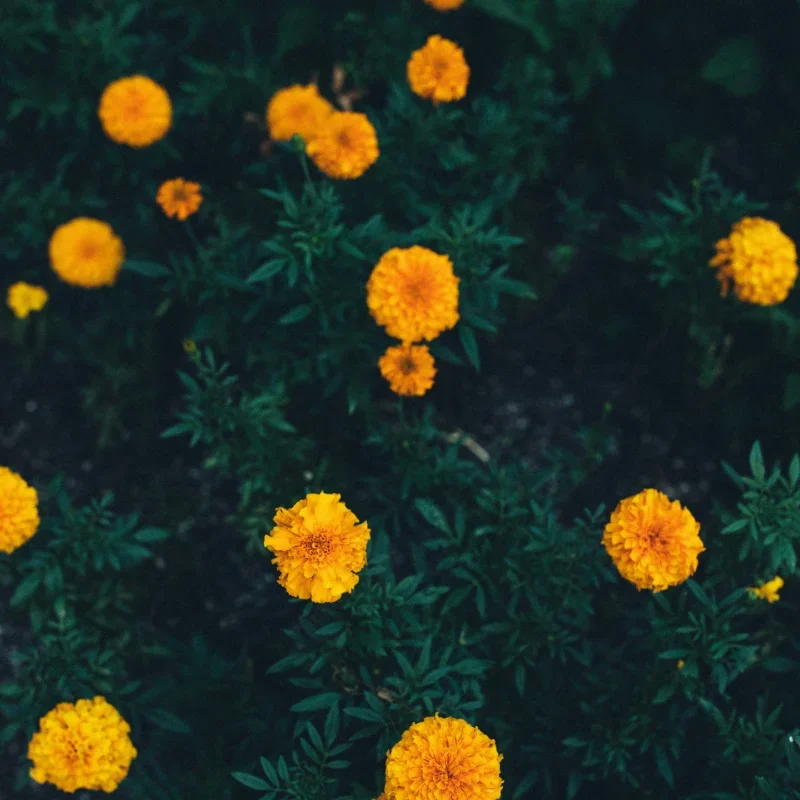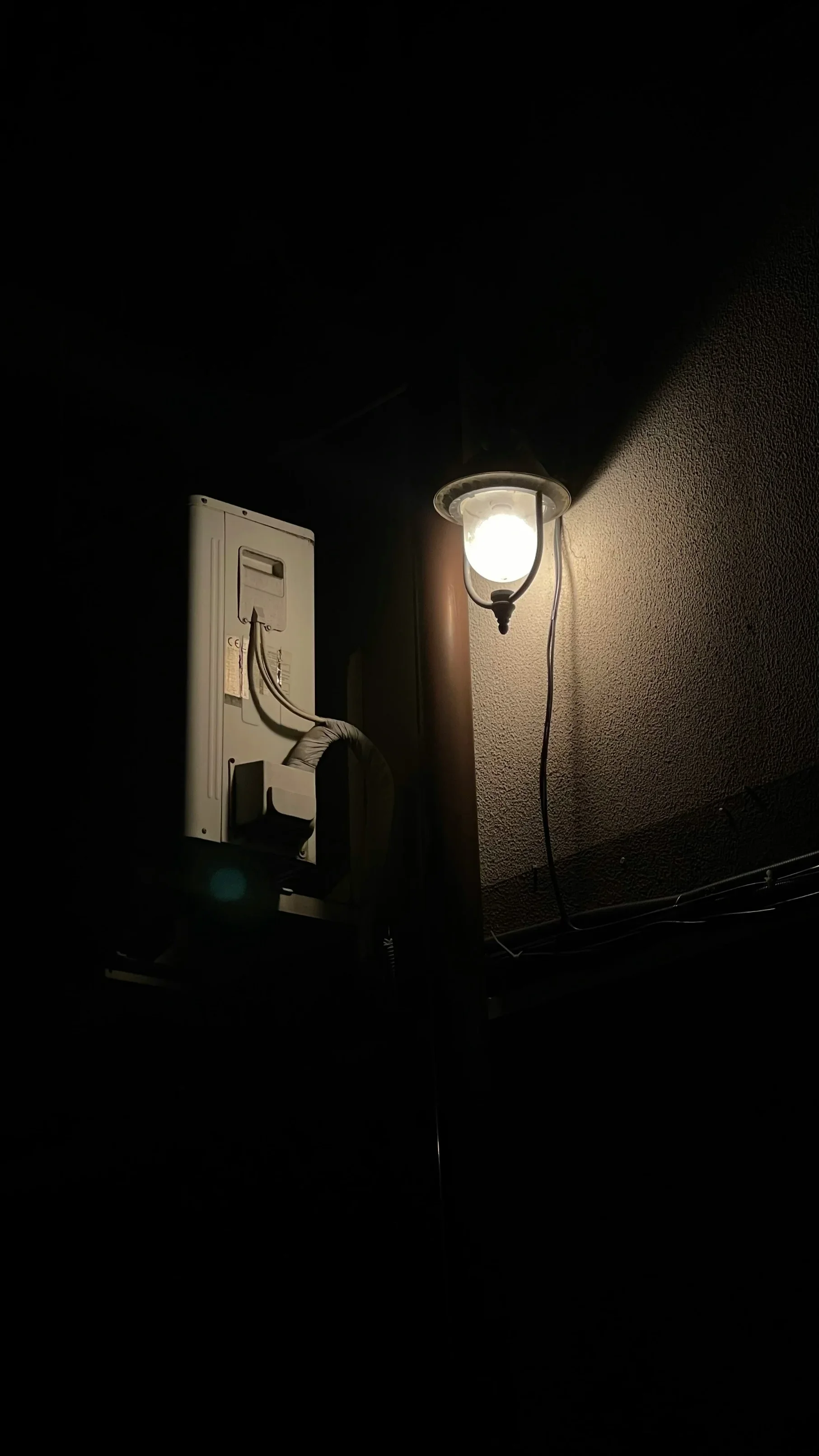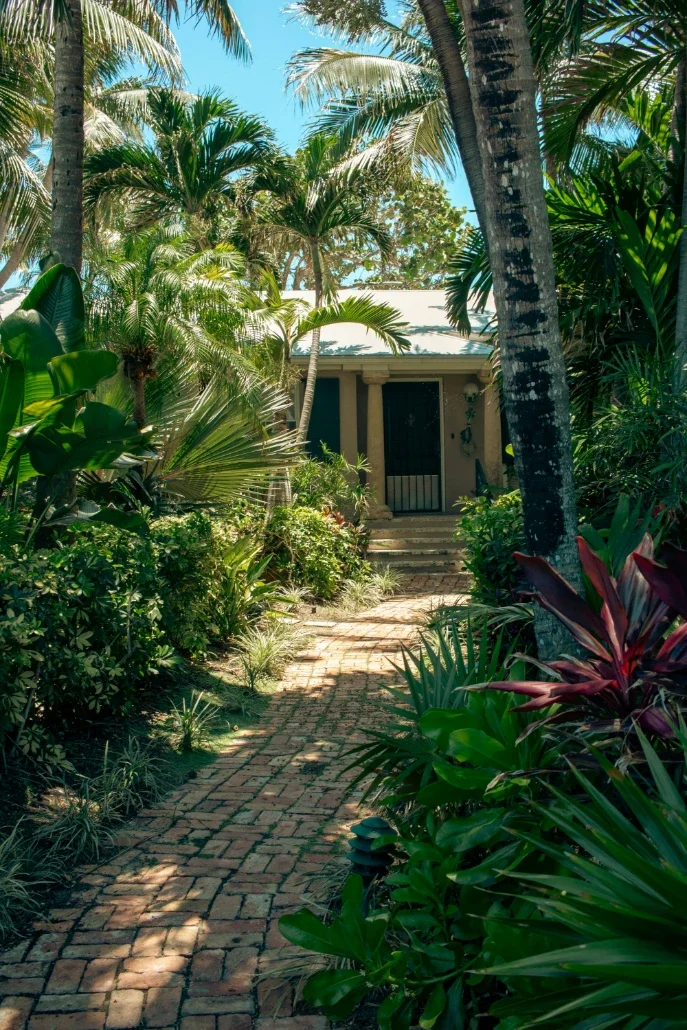Are Marigolds Annuals or Perennials? Find Out Here
Discover whether marigolds are annuals or perennials in this complete guide. Learn about different varieties, growing zones, and care tips.
Well, well, well! Here's a question that's been bugging gardeners since the dawn of time (okay, maybe not that long, but you get the picture). You've probably found yourself standing in the garden center, scratching your head and wondering, "Are these cheerful orange and yellow beauties gonna come back next year, or am I signing up for a one-season fling?"
Boy oh boy, do I have news for you! The answer isn't as straightforward as you'd think. It's kinda like asking if tomatoes are fruits or vegetables. Sure, there's a technical answer, but the real story? That's where things get juicy! Whether you're a green-thumbed guru or someone who can barely keep a cactus alive, understanding the life cycle of marigolds can save you time, money, and a whole lot of heartache.
So grab your favorite gardening gloves and let's dig into this mystery together. Trust me, by the time we're done here, you'll be the marigold expert at your next neighborhood barbecue!
The Short Answer That'll Make You Go "Hmm"
Alright, let's cut to the chase before we dive into the nitty-gritty. Drumroll, please... Most marigolds are annuals! Yep, those vibrant blooms that light up your garden like tiny suns typically live fast and die young, completing their entire life cycle in just one growing season.
But hold your horses! Before you start mourning the loss of your future marigold dreams, there's a plot twist. Some marigolds can actually behave like perennials in certain conditions. Mind blown, right? It's like finding out your favorite one-hit wonder actually had a whole album!
Why the Confusion?
The whole "Are Marigolds Annuals or Perennials? Find Out Here" debate exists because:
Different species have different lifespans
Climate plays a massive role
Some clever marigolds self-seed like nobody's business
Marketing can be misleading (shocking, I know!)
Understanding the Annual vs. Perennial Drama
What Makes a Plant an Annual?
Let's break this down kindergarten-style. Annual plants are like those friends who visit for the summer. They show up, party hard, leave their mark, and then peace out when the weather gets cold. Here's what defines them:
Complete their life cycle in one year
Germinate, grow, flower, set seed, and die
Put all their energy into reproduction
Generally bloom like crazy all season long
What About Perennials?
Perennials, on the other hand, are your ride-or-die friends. They stick around year after year, through thick and thin. These plants:
Live for multiple years (at least three)
Go dormant during tough times
Store energy in roots or bulbs
Often have shorter blooming periods
The Sneaky In-Betweeners
Now here's where it gets interesting! Some plants play by their own rules:
Tender perennials: Perennials that act like annuals in cold climates
Self-seeding annuals: Die but leave babies everywhere
Biennials: The two-year wonders (but that's another story)
Meet the Marigold Family: It's Complicated!
Common Marigold Types and Their Life Expectancies
Not all marigolds are created equal, folks! Let's meet the gang:
African Marigolds (Tagetes erecta)
True annuals through and through
The big boys of the marigold world
Height: 1-4 feet tall
Lifespan: One season, no exceptions
Colors: Yellow, orange, and cream
French Marigolds (Tagetes patula)
Annual in most climates
Compact and bushy
Height: 6-12 inches
More cold-tolerant than African types
Colors: Red, orange, yellow, bicolor
Signet Marigolds (Tagetes tenuifolia)
Annual but prolific self-seeders
Delicate, lacy foliage
Edible flowers (fancy salad, anyone?)
Height: 8-12 inches
Colors: Yellow and orange
Mexican Mint Marigold (Tagetes lucida)
Plot twist: This one's a tender perennial!
Hardy in zones 8-11
Also called Mexican tarragon
Height: 2-3 feet
Use: Culinary herb
Lemmon's Marigold (Tagetes lemmonii)
Another perennial surprise!
Hardy in zones 8-10
Shrubby growth habit
Height: Up to 6 feet
Strong scent (love it or hate it)
Climate Zones: Where Geography Gets Bossy
The USDA Hardiness Zone Reality Check
Living in Minnesota and hoping your marigolds will survive winter? I've got some bad news for you, friend. Your growing zone determines whether any marigold can possibly return:
Zones 1-7: All marigolds are annuals, period
Zones 8-9: Some tender perennial types might survive
Zones 10-11: Several marigold species act as perennials
Microclimates: Nature's Little Exceptions
Sometimes your garden has its own ideas:
Protected spots near buildings
South-facing walls that trap heat
Areas with exceptional drainage
Spots where snow acts as insulation
These magical pockets might, just might, let you cheat the system a tiny bit.
The Self-Seeding Phenomenon: Nature's Encore Performance
How Marigolds Trick Us Into Thinking They're Perennial
Here's where things get sneaky! Many gardeners swear their marigolds come back every year, but what's really happening? Those clever plants are pulling a fast one:
Flowers go to seed
Seeds fall to the ground
Winter does its thing
Spring arrives with "volunteer" seedlings
Gardener thinks marigolds are perennial
It's like nature's version of a magic trick!
Encouraging Self-Seeding Success
Want to play along with this illusion? Here's how:
Let some flowers go to seed (resist deadheading everything!)
Don't mulch too heavily in fall
Leave seed heads through winter
Watch for seedlings in spring
Thin as needed (they can get crowded)
Growing Marigolds: Making the Most of Their Annual Nature
Starting from Seed vs. Transplants
Since we've established most marigolds are annuals, let's maximize our time with them:
Starting from Seed
Pros: Cheaper, more variety, satisfying
Cons: Takes longer, requires more attention
Timeline: Start 4-6 weeks before last frost
Germination: 4-14 days
Buying Transplants
Pros: Instant gratification, no germination worries
Cons: More expensive, limited selection
Best time: After frost danger passes
What to look for: Compact growth, no flowers yet
Planting for Maximum Impact
Whether you're team seed or team transplant:
Spacing: 6-18 inches (depends on type)
Soil: Well-draining, not too rich
Sun: Full sun is non-negotiable
Water: Regular but not excessive
Maintenance: Keeping Your Annuals Happy
The Deadheading Debate
Removing spent flowers is like giving your marigolds an energy drink:
Promotes continuous blooming
Prevents energy waste on seed production
Keeps plants looking tidy
BUT... prevents self-seeding
It's a classic case of having your cake and eating it too. You can't have maximum blooms AND self-seeding babies!
Feeding Your Fleeting Friends
Since annuals live fast, they need proper nutrition:
Start with compost-enriched soil
Feed monthly with balanced fertilizer
Don't overdo nitrogen (all leaves, no flowers)
Stop feeding in late summer
Common Problems and Quick Fixes
Even annuals can be drama queens:
Powdery Mildew
Cause: Poor air circulation
Fix: Space properly, water at base
Spider Mites
Cause: Hot, dry conditions
Fix: Regular water spray, neem oil
Slugs and Snails
Cause: They think marigolds are delicious
Fix: Beer traps, copper barriers
Extending the Season: Cheating Mother Nature
Fall Protection Strategies
Just because marigolds are annuals doesn't mean we can't squeeze out extra time:
Row covers: For light frost protection
Container growing: Move pots indoors overnight
Mulching: Insulates roots during cold snaps
Strategic planting: Use microclimates
Overwintering Attempts (For the Brave)
Feeling adventurous? Some gardeners try overwintering marigolds:
Dig up before first frost
Pot in well-draining soil
Place in sunny window
Water sparingly
Cross fingers and hope
Success rate? Let's just say don't quit your day job.
The Perennial Marigold Exceptions: Meeting the Rebels
Mexican Mint Marigold: The Perennial Star
This rebel breaks all the rules:
Survives winter in zones 8+
Dies back but returns from roots
Blooms in fall (when others quit)
Tastes like tarragon (bonus!)
Growing tips:
Plant in spring
Provide excellent drainage
Mulch in winter (zones 8-9)
Divide every 3-4 years
Lemmon's Marigold: The Shrubby Survivor
Another rule-breaker worth knowing:
Forms woody stems
Evergreen in frost-free areas
Blooms sporadically year-round
Can live for decades
Care requirements:
Prune after flowering
Tolerates poor soil
Drought-tolerant once established
May need winter protection in zone 8
Making Peace with Annual Marigolds
Why Annuals Aren't a Bad Thing
Looking at the bright side of the annual life:
Flexibility: Change your garden design yearly
No commitment: Don't like them? They're gone!
Maximum blooms: Annuals flower like there's no tomorrow
Disease prevention: No overwintering means fewer problems
Affordable variety: Try new types each year
Planning for Next Year
Since we know most marigolds won't return, let's plan ahead:
Save seeds from favorite plants
Take photos for reference
Note which varieties performed best
Budget for next year's purchases
Consider companion planting benefits
Creative Solutions for Marigold Lovers
Succession Planting
Keep the marigold party going all season:
Start seeds every 2-3 weeks
Plant heat-lovers after cool-season crops
Use marigolds as living mulch
Replace tired plants mid-season
Companion Planting Magic
Marigolds play well with others:
Tomatoes: Pest deterrent
Roses: Aphid control
Vegetables: General pest management
Other annuals: Color coordination
The Economic Angle: Annual vs. Perennial Costs
Doing the Math
Let's be real about the money situation:
Annual Marigold Costs (per year)
Seeds: $2-10 per packet
Transplants: $3-5 per six-pack
Soil amendments: $10-20
Time investment: Moderate
Perennial Investment (one-time)
Initial plant cost: $8-15
Establishment care: First year intensive
Long-term: Minimal costs
Time investment: Low after year one
Are Marigolds Annuals or Perennials? Find Out Here: The Regional Breakdown
Northern Climates (Zones 3-6)
Sorry, northerners! Your marigolds are definitely annuals:
First frost kills them dead
No chance of overwintering outdoors
Self-seeding possible but unreliable
Focus on cold-tolerant varieties
Southern Gardens (Zones 9-11)
Lucky ducks! You've got options:
Some species survive as perennials
Many reseed reliably
Year-round growing possible
Watch for heat stress in summer
The Transition Zones (Zones 7-8)
You're in the maybe-maybe-not territory:
Tender perennials might survive mild winters
Microclimates make a difference
Mulching helps
Have backup plans
Final Thoughts on the Great Marigold Debate
So there you have it! The answer to "Are Marigolds Annuals or Perennials? Find Out Here" isn't black and white. While most marigolds are true annuals that'll grace your garden for just one glorious season, a few rebel species might stick around if you're living in the right zip code.
But here's the thing: whether they last one year or ten, marigolds bring sunshine to any garden. They're easy to grow, cheerful as all get-out, and about as low-maintenance as plants come. Plus, starting fresh each year means you can experiment with new varieties and color combinations.
Conclusion
At the end of the day, knowing whether marigolds are annuals or perennials helps you plan better, but it shouldn't stop you from growing these golden beauties. Most are annuals, yes, but that just means you get to experience the joy of watching them grow from seed to flower each year. And for those lucky folks in warmer zones? Well, you might just get to enjoy some perennial marigold magic. Either way, these cheerful flowers are worth every bit of effort!
Read next: 15 Perennial Garden Ideas for Year-Round Beauty
Frequently Asked Questions
Q1: Do marigolds come back every year?
A: Most marigolds are annuals and won't return, except through self-seeding.
Q2: Which marigolds are perennials?
A: Mexican mint marigold and Lemmon's marigold in warm zones 8-11.
Q3: Can I overwinter marigolds indoors?
A: Possible but challenging; success rates are low even with care.
Q4: Why do my marigolds seem to return each spring?
A: They're likely self-seeding annuals producing volunteer seedlings, not true perennials.
Q5: What zone do marigolds survive as perennials?
A: Only zones 8-11, and only certain species like Mexican mint.

































